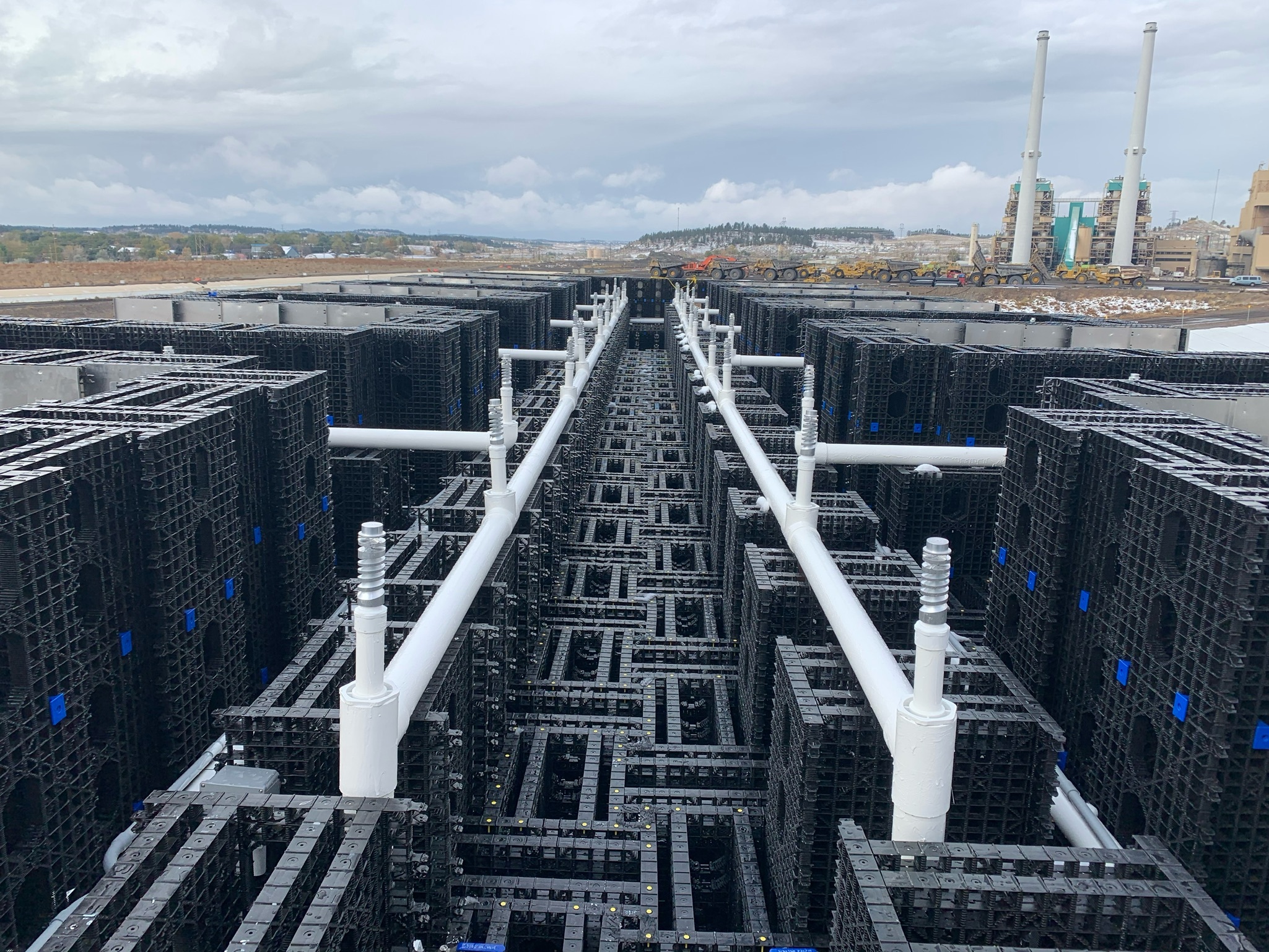How this power plant beat winter… and the EPA

Ecovap kept this operation running clean year-round
Out in the Northern Rockies, a major thermoelectric power plant needed to cut costs and comply with new EPA discharge rules — fast. These regulations capped the concentration of heavy metals like sulfur and ash that could be released in wastewater, increasing the pressure on legacy evaporation ponds and underground injection sights.
Plus, real estate was tight. The climate was cold. And the water streams, loaded with flue-gas scrubbing and ash quenching contaminants, were getting more complicated by the day.
Instead of expanding their footprint or fighting freezing conditions, the plant implemented an Ecovap matrix. Its modular design and passive evaporation technology could process their high-salinity wastewater without chemicals or risk of shutdown during winter months.
Construction was fast, but the payoff was even faster.
Unlike traditional ponds, the system could keep running even in freezing conditions, thanks to the matrix’s continuous water movement design and the salt content of the waste streams.
The project started as a pilot — but it became the proof of concept the plant so desperately needed. Ecovap’s system helped the utility meet stringent federal regulations while cutting OpEx and avoiding painful land acquisitions.
Numbers that don’t lie
59x
faster evaporation
85%
smaller land footprint
40%
less total water handling costs
How can EcoVAP help your utility?
Schedule a consultation to find out.